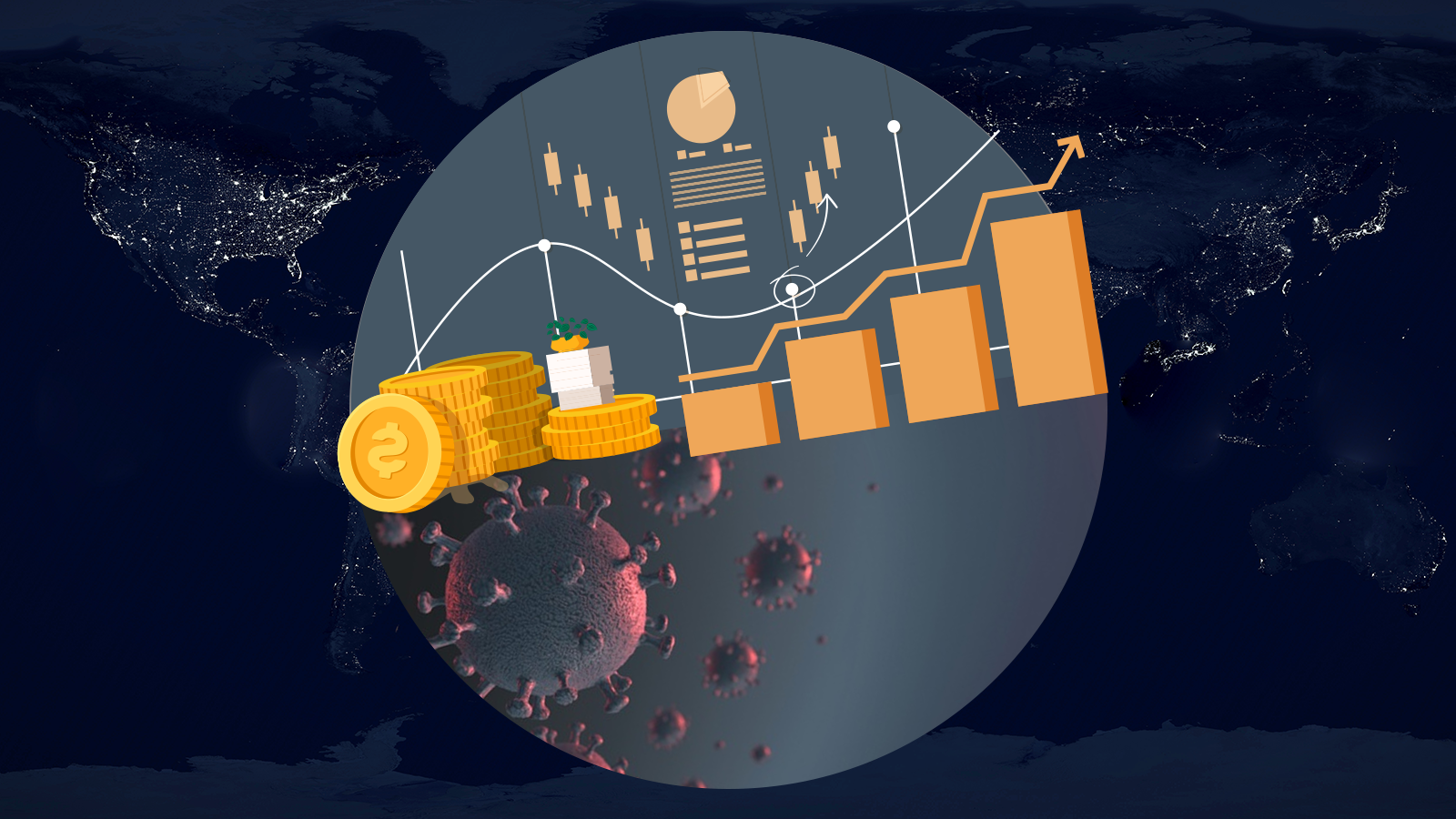COVID-19 has brought to the fore the insufficiency of the traditional continuity plans. The global crisis has forced the businesses to rethink their strategies and how they deliver on customer expectations.
The crisis has been a systematic shock for the companies all over the world. The shock has extended well beyond the business systems, into our social interactions and regulations with governments monitoring people for the sake of safety and security. While many businesses may not survive the current crisis, especially the startups, every survivor will need to adapt to new COVID-19 driven ecosystem. Business leaders are facing the challenge of reopening that presents the need to the companies to build the competence to be more competitive.
The challenge of business reopening is complicated by uncertainties around the progression of COVID-19. Organizations have been forced to make the entire workforce work from home, and bring fluidity across all customer touch points. The crisis has forced the organizations to reimagine their digital strategies to capture new marketplaces.
Addressing the pressing challenges
Reimagining the workforce is another pressing challenge before the organizations. There is a challenge of retaining the sense of belongingness and shared identity as some people work from home while some others from offices.
Sometimes, forced change is good especially when a business model is weak and lacks pace to stay with the times. While some shifts are temporary, many other things will never be the same.
Business leaders need to focus on market changes with higher degree of certainty and value propositions in terms of competitive agility and digital transformations.
The changes in business dynamics are swift and their scale unprecedented. While countries in East Asia including China have been able to manage COVID-19 more effectively, the response in the USA and Europe has relatively been slow and inconsistent. The key to business strategy during the current times when the countries are going isolationists, systematic changes to systematic risks may take a long time to unfold.
Be more digital
The continual adaptation of digital transformation has brought more businesses and social activities online. The rules of engagement have changed. Organizations need to focus on digital engagements, not just on the digital transactions. The businesses need to expand their capabilities and create new lines of service. Companies need to reposition their products and services to meet the customer needs in real-time.
Organizations need to develop future-ready plans that can help leverage shared workforce resources. The businesses need to create stronger capabilities to meet the increased consumer demand, enabled by cloud for faster speed to market.
To stabilize revenue and forge new growth pathways, B2B organizations need to create customer visibility and outreach, and recapture revenue in the changing environment. Putting the right data-driven tools in the hands of sales teams will help them act effectively on crucial opportunities.
Overcoming threats beyond the obvious
Sectors across industries need answers. Now is the time to scale cloud adoption. First responders to the crisis and contemplating business strategies will be able to overcome the threats that will arise over the obvious and take advantage of the emerging opportunities in the post pandemic era.
While models and predictions abound, no one can say for certainty what the course of COVID-19 will be, much less the impact it will leave on businesses, governments and societies.
Measures now taken can help the businesses rebound from the global downturn due to COVID-19 pandemic. It will be important to establish long-term strategies to prepare the businesses for future disruptions. APIs allow digital applications to communicate seamlessly across devices and enable data-sharing across organizations.
The good news is that opportunities are reappearing as businesses work together to reinvent rather than reopen. The organizations with a robust continuity plan in place and well-structured ecosystems stand to win. An agile supply chain strategy can help the business steer through the current crisis and move confidently into the future.
Implement new capabilities
Most organizations are rapidly designing processes to improve efficiency. Companies need to consider scrapping traditional software development practices and move to plug-and-play adaptability and pricing flexibility to implement new capabilities. This will help the businesses rebound stronger from the crisis. This includes the use of AI tools, uncovering propensity-to-buy shifts and reset the sales approach.
To reinvigorate the new sales journey, companies need to elevate their core sales interaction and refocus the Salesforce. Future will belong to the businesses that are prepared. As a leading software development company, Flexsin Technologies can help you navigate the current crisis and plan for a business scenario post COVID-19 with effective marketing and software development strategies. Our experience of over a decade in the industry had provided us the capability to help our clients across the globe not only survive but thrive in a COVID-19 drive business scenario.


 Jeet
Jeet


